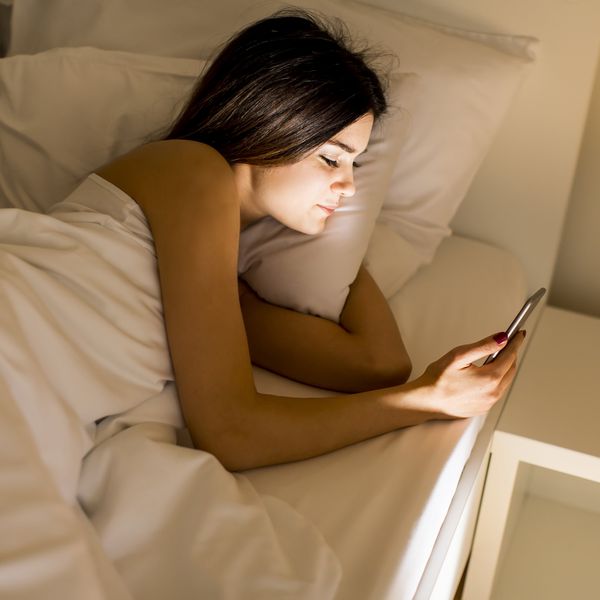A recent study published in the International Journal of Risk & Safety in Medicine examined the impact of cell phone radiation exposure on the parotid gland, the largest of the major salivary glands.
In short:
- The parotid gland is located near the ear just beneath the skin, putting it in close proximity to where a cell phone is typically held.
- Individuals who used cell phones for longer than three years showed changes to their parotid gland function, including increased saliva production, higher saliva pH, and increased markers of oxidative stress associated with cellular damage.
- Some of these effects were more pronounced on the side of the head where the phone was typically held, particularly in individuals with less than 3 years of use, suggesting early biochemical responses linked to exposure duration.
- The study authors recommend simple precautions — such as distancing the phone away from the head and limiting the duration of calls — to reduce exposure to cell phone radiation.
Key quote:
“Public health recommendations should encourage reducing long-duration conversations and using earphones to minimize [non-ionizing electromagnetic radiation] exposure.”
Why this matters:
The parotid gland plays a vital role in oral health and even subtle changes in its function could signal underlying inflammation in the gland. Previous animal studies have reported inflammation, tissue damage and biochemical changes in the parotid glands of rats exposed to wireless radiation. Despite scientific calls to strengthen safety guidelines and growing evidence of harm from prolonged cell phone radiation exposure, U.S. safety regulations remain unchanged since 1996 — long before the ubiquitous use of cell phones. Numerous medical groups, including the American Academy of Pediatrics and California Department of Health, recommend distancing the phone from the ear and head.
Theodora Scarato, Director of the Wireless and EMF Program at Environmental Health Sciences, noted that U.S. and French government tests have shown that phones can exceed radiation limits when used close to the body. “The phones are still legally allowed on the market because outdated U.S. rules don’t require radiation testing in real-life, body-contact positions,” she said. “The U.S. should take a leadership role in modernizing safety regulations to better protect public health.”
Related EHN coverage:
- Cell phone use linked to an increased risk of prostate cancer
- 4G wireless radiation may impact thyroid function, study calls for more research
More resources:
- Safety Tips for Reducing Cell Phone and Wireless Radiation Exposure
- Doctors and Scientists on Cell Phone Radiation
























